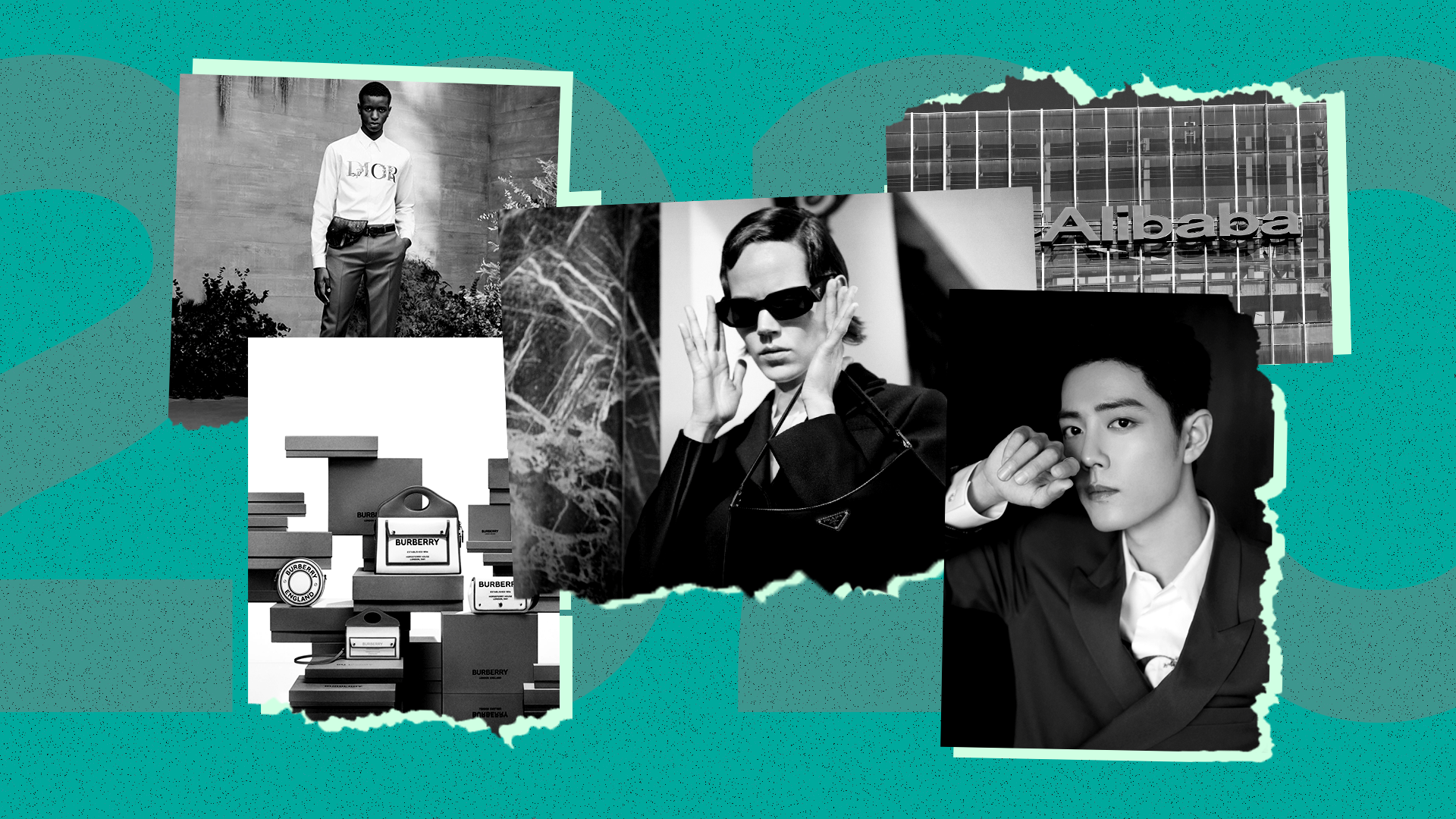COVID-19 has touched everything, so let’s begin there. Starting quietly in Wuhan, a little known and seemingly distant Chinese city of roughly eleven million people, the virus has since crisscrossed the globe to become a worldwide pandemic.
Today, however, as much of the world continues to grapple with wave after wave of infections, China has managed to remain somewhat unscathed, with its economy not only intact but growing. Meanwhile, its luxury shoppers — who traveled the world buying, buying, buying before COVID-19 — are now content to shop at domestic luxury malls or on e-commerce platforms from the safety and comfort of their homes.
All the while, Jing Daily has been covering every angle of this ongoing crisis from our bureaus in China, New York, and London, along with the help of our crack team of freelance reporters scattered around the world. Our stories throughout the year have reflected this global approach by exposing you to the disruptions, opportunities, and insightful analyses of what COVID-19 has meant for luxury brands in China during 2020, as well as what a more nationalistic and ever-evolving China will mean for those brands across 2021 and beyond.
Below are Jing Daily’s top five articles for 2020. For more of our 2020 Year in Review analysis, read on here.
1. Is This the End of Drop Shipping from China?#
Given the vast amount of COVID-19 stories we produced in 2020, we were surprised to discover that our top story of the year didn’t cover some aspect of this crisis. Instead, it focused on the perils of drop shipping from China. Last May, Adina-Laura Achim wrote that, in the past decade, the drop shipping business from China had seen incredible success, mainly because of competitive product pricing and low shipping costs and capabilities. These benefits have helped independent vendors to make a good profit from sourcing and reselling products by using Alibaba-owned AliExpress, an online retail service offering products to international online buyers. This once-lucrative model, however, looks like it will soon be ancient history. Read more.
2. Why Burberry’s Problems Should Scare All Luxury Brands#
Burberry’s sales in China grew during the first quarter of 2020 by a percentage in the mid-teens, but its sales in the EMEA (Europe, the Middle East, and Africa) region dropped a whopping 75 percent. To make matters worse, Burberry was one of the first global luxury brands to employ big discounts during the pandemic — a move that can destroy brand equity, in some cases, forever. Read more.
3. The Dark Side of China’s Idol Economies#
Chinese pop idol Xiao Zhan was embroiled in a controversy last March that rocked Gen Zers all across China’s internet. Jiaqi Luo wrote about a cyberwar against Xiao fans, which eventually led to a boycott against brands that had hired the idol (a list that included Estée Lauder, Piaget, and Cartier). While China’s idol economy remains a lucrative territory for international brands, this incident has revealed its dark side through an intensified culture of cyberviolence, irrational fandom, and digital censorship — risk factors brands now have to face in this increasingly volatile market. Read more.
4. Up To Half of All Luxury Brands Won’t Make It — Here’s Why#
Daniel Langer reported that up to 50 percent of all luxury brands are going to collapse by the end of the COVID-19 pandemic, and the ones that don't create extreme value will die first. He noted that brands must create memorable experiences to survive, but most brands only deliver lip service. When consumers start spending again after this crisis, they'll be much more discerning about their luxury shopping experiences. So for brands, there is no time to be complacent. Read more.
5. Is This the End of Luxury?#
In May, Bain & Company published a study predicting the collapse of the luxury sector with a drop of 35 percent. Apart from the impact of the lockdowns, frugality and more cautious spending were cited as reasons. Bain believes the global luxury market will need at least three years to get back to 2019 levels. That was not welcome news to luxury CEOs, as many so-called “experts,” who indulge in amplifying negativity, popped out of their quarantine bubbles to predict that we are now seeing the end of luxury as we know it. Read more.
